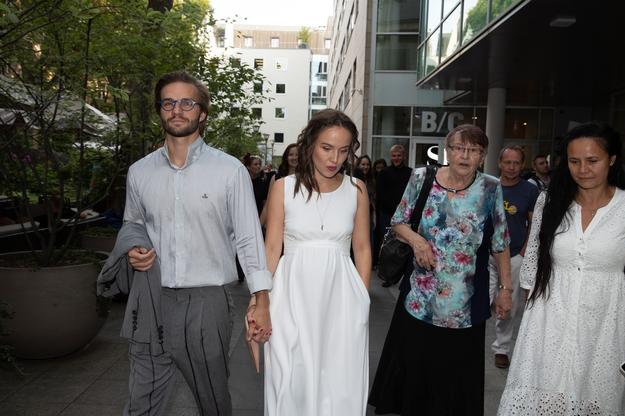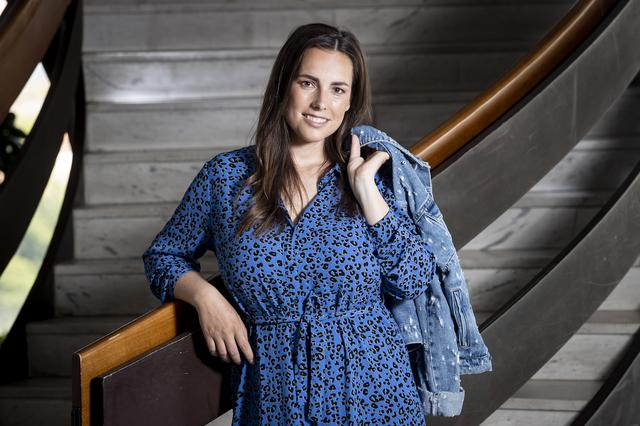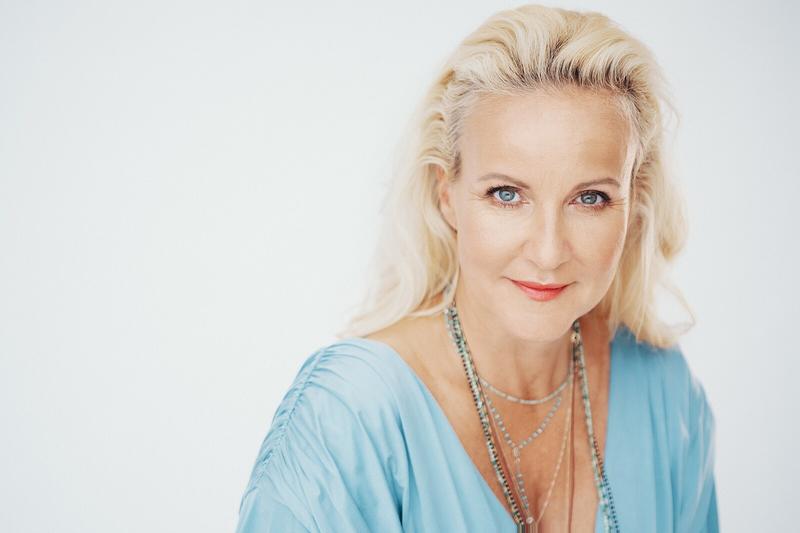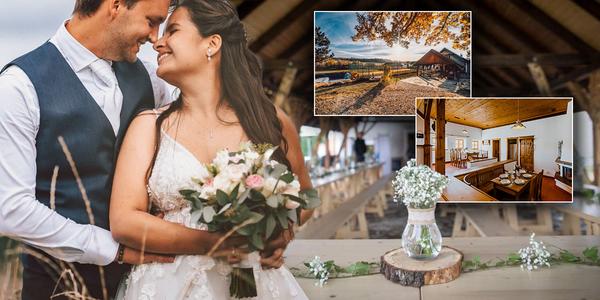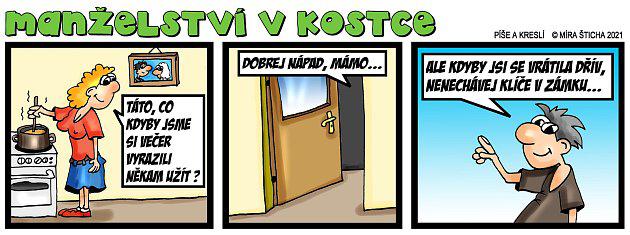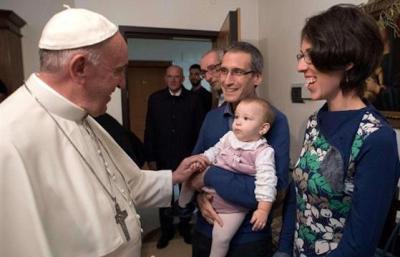What life really looks like for people from Bangladeshi garment factories where clothes are sewn for the whole worldif (typeof cabrioST=="function") cabrioST(702670,"");<
In the interview you will learn, among other things:
You first went to Bangladesh in 2013 – just after the disaster in which the Rana Plaza garment factory building collapsed and nearly 1,200 people died. At the time, you visited the only factory that was willing to let you in, and you spoke to an employee who told you that the atmosphere at work was good, there was no overtime, and the pay was fine. What did you think at that moment?
Even then it was clear to me that in such an environment and in this specific situation, workers cannot express themselves completely freely. It looked like she wasn't telling me the truth, there was fear in her eyes. She couldn't be completely honest with me.
We conducted the interview in the middle of the factory. All around were full of employees who averaged maybe twenty years old, but the woman I spoke to was older and had been chosen as a respondent by the factory owner.
Actually, it wasn't even a normal conversation in the sense of question and answer. I asked her a question, followed by a translation by an interpreter or the owner of the factory, the woman answered something in Bengali, and only then did her "answer" come back to me. I couldn't be sure how much they had changed in her words. And I couldn't either


 Tags:
Tags: Prev
Prev
